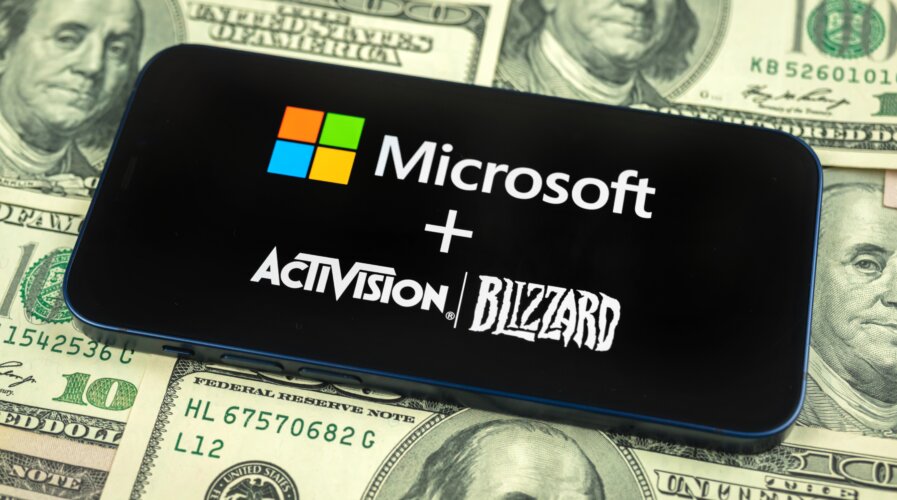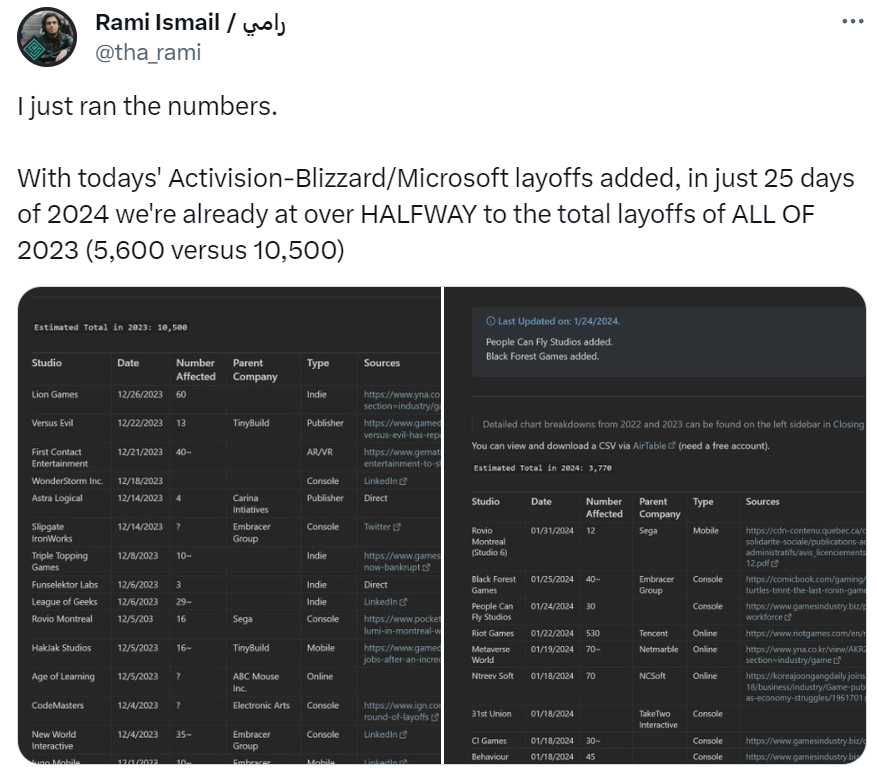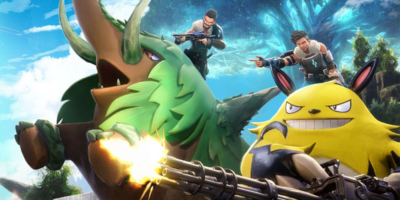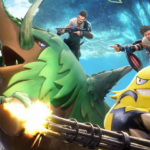
Microsoft video game division reels from widespread layoffs. (Source – Shutterstock).
Microsoft announces major cuts in video game division following Activision Blizzard deal
- Microsoft cuts 1,900 jobs in its video game division after acquiring Activision Blizzard.
- Layoffs hit the gaming industry, including Microsoft and companies like Riot Games and Twitch.
- Leadership changes at Blizzard and Xbox follow Microsoft’s gaming division layoffs.
Here we go again – another round of layoffs is hitting the gaming industry. Microsoft just dropped the news that it’s cutting 1,900 jobs from its video game division, a decision that comes shortly after their massive US$69 billion acquisition of Activision Blizzard.
Microsoft: the major job cuts in the video game division
In a memo from Phil Spencer, the head of Microsoft Gaming, it’s clear that the cuts will primarily affect Activision Blizzard, the creators of hit games like Call of Duty and Guitar Hero. But employees at Xbox and ZeniMax will not be spared from these layoffs. This move signifies a nearly 9 percent reduction in Microsoft’s 22,000-person video game division, though it accounts for less than 1 percent of the company’s approximate 220,000 employees.
Spencer’s memo, obtained by The Verge, reveals a balance between strategic planning and empathy for the affected employees. He highlights the integration of the Activision, Blizzard, and King teams into Microsoft and the company’s strategy for sustainable growth. Spencer states, “we have made the painful decision to reduce the size of our gaming workforce by approximately 1900 roles out of the 22,000 people on our team.” He assures that support will be provided during the transition.
Further details about the situation at Blizzard were shared in an internal memo by Matt Booty, Microsoft’s game content and studios president. Booty addressed the Blizzard team directly, acknowledging the challenge of saying goodbye to colleagues and emphasizing the company’s commitment to delivering ambitious games. He mentioned that the layoffs were part of a focused strategy across Microsoft Gaming aimed at sustainable growth and aligning talent with top priorities.
Booty’s memo also confirmed the departure of Blizzard’s president Mike Ybarra, and chief design officer Allen Adham. Ybarra, who had been with Microsoft for over two decades, played a pivotal role as Blizzard’s president during the acquisition process. Booty thanked him for his leadership and partnership. One of Blizzard’s co-founders, Adham, left a lasting impact on the company’s games and plans to continue mentoring young designers in the industry.
Looking ahead, Spencer expressed optimism about Microsoft’s gaming business, emphasizing continued investment in areas that will broaden their reach to more players globally. Despite the challenges, he remains confident in the team’s ability to deliver engaging gaming experiences.
This layoff trend isn’t exclusive to Microsoft. The industry is reeling from a wave of job cuts as the pandemic-driven surge in gaming recedes.
Tencent’s Riot Games, for instance, is laying off 11% of its workforce, totaling around 530 jobs, including a scale-back in its independent game publishing division. Amazon’s Twitch is reducing its workforce by 35%, impacting around 500 employees, and Unity Software plans to cut a quarter of its staff, approximately 1,800 jobs. Notably, these companies also experienced layoffs last year.

Should staff at all video game companies be worried? (Source – X).
Piers Harding-Rolls, a gaming analyst at Ampere Analysis, observed that some layoffs at Activision Blizzard were expected post-acquisition. However, the scale and extent of the cuts across the industry have been unprecedented, particularly with many companies initiating them in January.
The bigger picture: Microsoft’s gaming business and future outlook
Gaming has become a key component of Microsoft’s consumer business, generating over US$15 billion in annual sales, primarily under the Xbox brand. The acquisition of Activision Blizzard, announced two years ago, was a strategic move despite concerns over Activision’s workplace culture at the time. The deal faced intense regulatory scrutiny, causing delays in its completion. As pandemic restrictions eased and consumer habits shifted, Microsoft reported a 5 percent drop in gaming revenue, amounting to US$764 million, in the last fiscal year.
Layoffs have become a recurring theme this month across various companies in the tech and gaming industries, including Google, Discord, eBay, and others.
Following the completion of Microsoft’s acquisition of Activision Blizzard in October, after overcoming regulatory hurdles in the UK and US, former CEO Bobby Kotick stepped down at the end of December. Now, a suite of Activision Blizzard executives report directly to Matt Booty.
Recently, there have been significant leadership changes at Xbox, with Sarah Bond being promoted to Xbox president, overseeing platform and hardware operations. Booty was also promoted to game content and studios president, managing Bethesda, ZeniMax studios, and Activision Blizzard.
Microsoft’s last major layoff round was a year ago, affecting 10,000 employees. The company is poised to release its fiscal Q2 2024 earnings soon, including the financial effects of the Activision Blizzard acquisition for the first time.
READ MORE
- 3 Steps to Successfully Automate Copilot for Microsoft 365 Implementation
- Trustworthy AI – the Promise of Enterprise-Friendly Generative Machine Learning with Dell and NVIDIA
- Strategies for Democratizing GenAI
- The criticality of endpoint management in cybersecurity and operations
- Ethical AI: The renewed importance of safeguarding data and customer privacy in Generative AI applications


